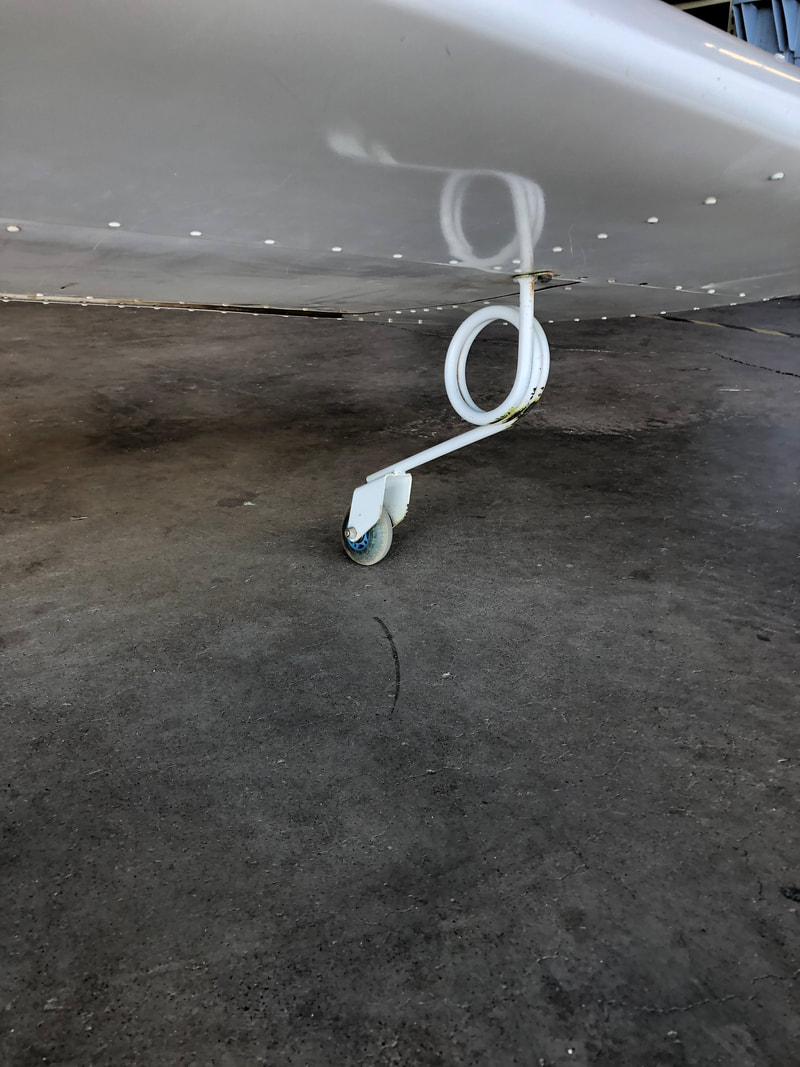I’d noted Daniel always wears Hawaiian shirts, and on Wednesday Hunter was wearing one too. Getting into the spirit I’d announced, “Tomorrow is Hawaiian shirt day.”
I’ve accumulated a collection of Hawaiian shirts over the years, and never fail to bring my first and favorite with me when I go on tour – if for no other reason that the thin 100% cotton shirt packs down very tight.
Larry once commented on how many pictures he’s got of me in the red-with-white-flowers shirt I bought at Target the year I selected “Hunter S. Thompson” as my Halloween costume.
I’m incredibly amused that my Hunter S. Thompson costume, including the Gilligan hat (but less the cigarette holder), is not only perfectly acceptable soaring attire but darn close to a uniform.
I flew 9 flights this day. 2.5 hours of dual instruction.
A long day of climbing in and out of the cockpit, sitting in the sun, and helping pull the glider back to the departure runway; flying gliders involves a lot of manual labor. Line crew guy Hunter did the bulk of the work by far. All I usually had to do was keep the wings approximately level.
But the day yielded some nice comments from Sasha in my logbook:
“Very good improvements”
“Tow very consistent”
“Last 2 T/O [takeoffs] were very good”
“A lot of thermalling & getting good at it”
“Steep turns very good”
“Forward slips good”
“Overall good speed control”
There was constructive criticism too:
“Still working on stalls”
“Pattern entry preparation needs some more work”
“Working on the flare and roll”
That last was a major understatement; Sasha said my flares (a maneuver where the final approach flattens out just over the runway and the glider prepares to slow and settle gently to the runway) were pretty good.
But as for after the flare…he didn’t need to tell me (though of course he did) how clumsy I was at maintaining and adjusting pitch for a good "float" to bleed off airspeed, and holding the wings level (it doesn’t help that control authority gets worse as speed decreases), and using the rudder pedals to keep the fuselage pointed down the runway.
Fortunately, the SGS 2-33A is a very sturdy aircraft built with student pilots in mind. The wingtips feature rollerblade wheels attached to big coil springs, which kept me from damaging anything when I so often stopped the glider by dragging those little wheels through the dirt.


 RSS Feed
RSS Feed